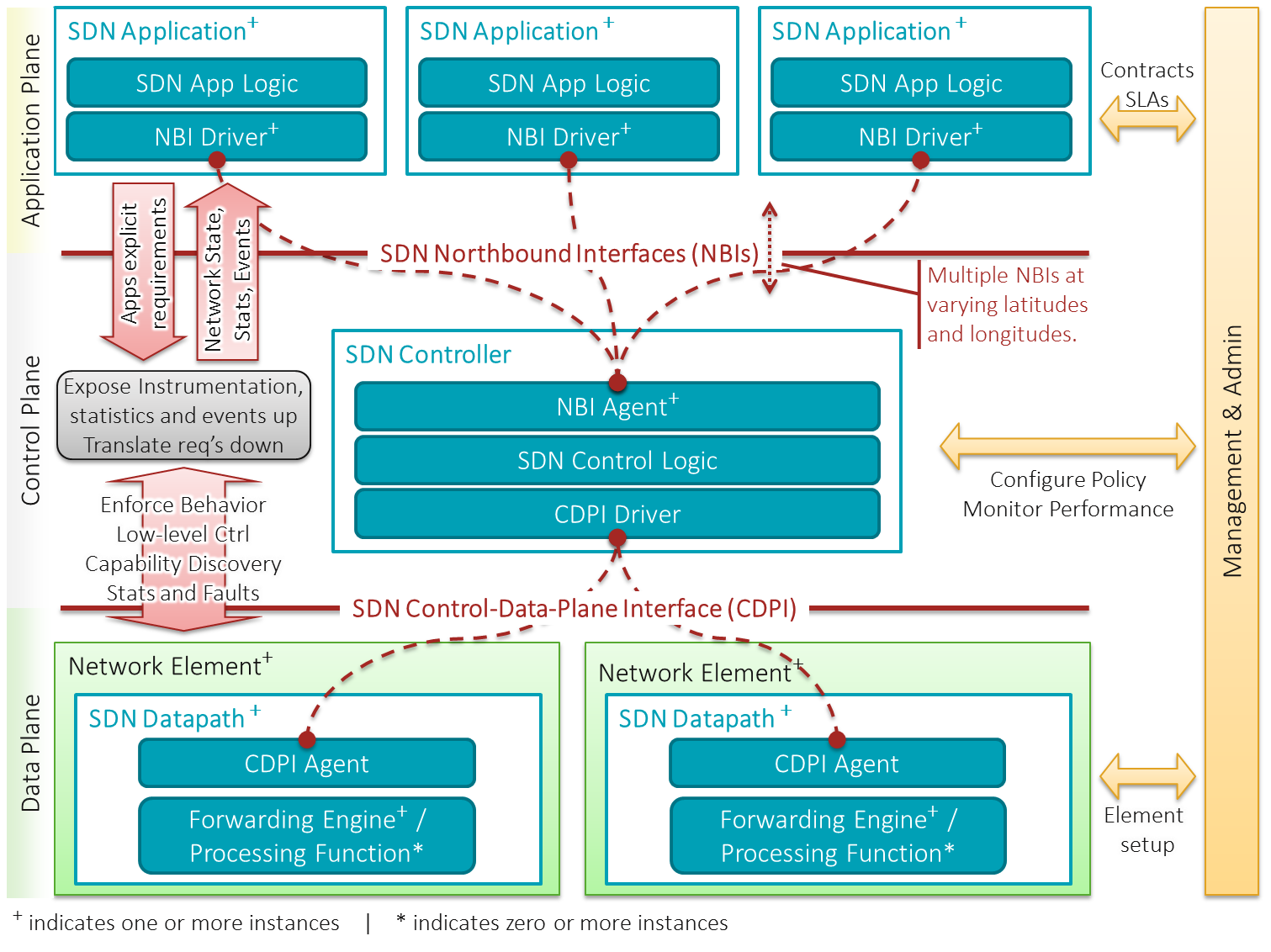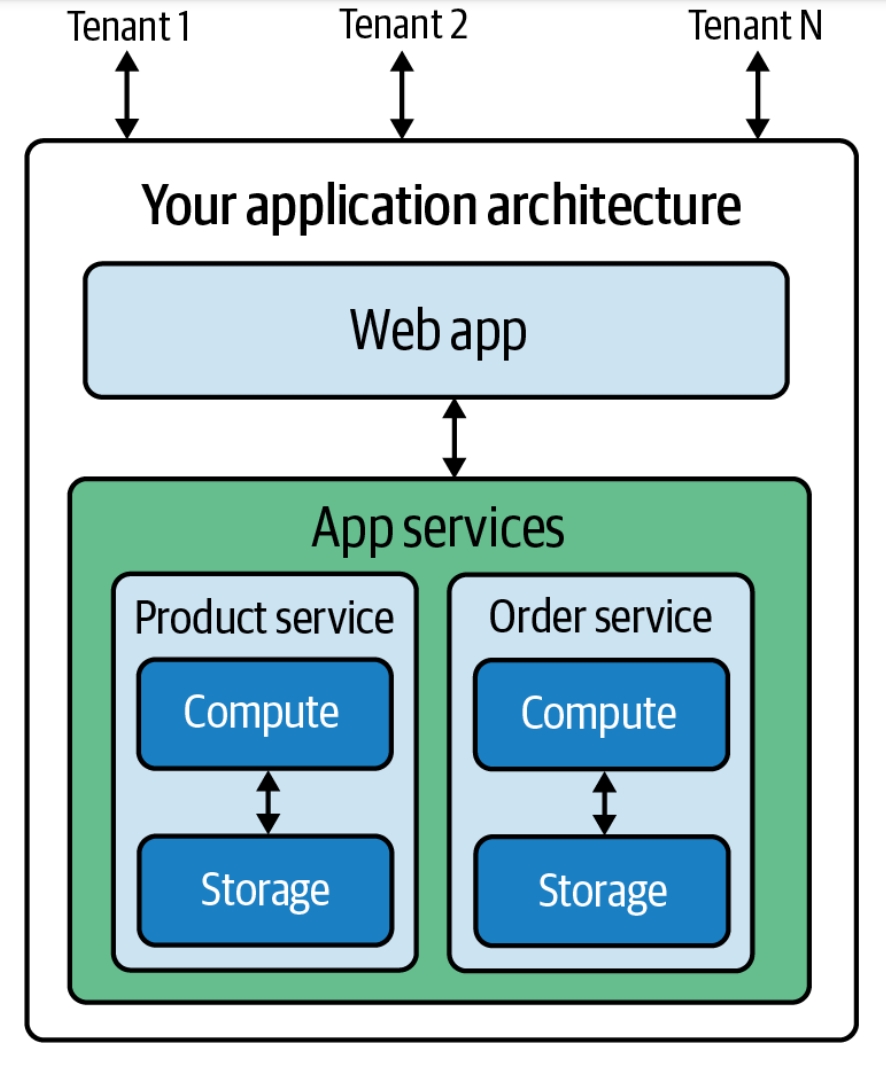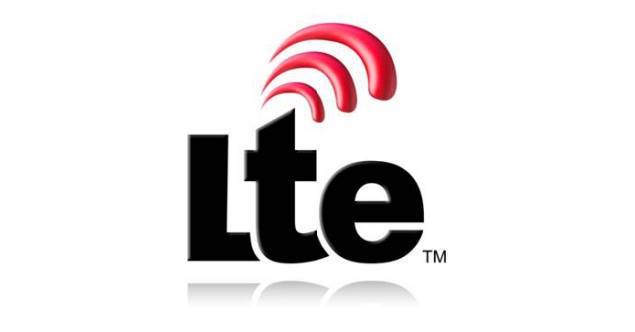|
SD-WAN
A Software-Defined Wide Area Network (SD-WAN) is a wide area network that uses software-defined networking technology, such as communicating over the Internet using overlay tunnels which are encrypted when destined for internal organization locations. If standard tunnel setup and configuration messages are supported by all of the network hardware vendors, SD-WAN simplifies the management and operation of a WAN by decoupling the networking hardware from its control mechanism. This concept is similar to how software-defined networking implements virtualization technology to improve data center management and operation. In practice, proprietary protocols are used to set up and manage an SD-WAN, meaning there is no decoupling of the hardware and its control mechanism. A key application of SD-WAN is to allow companies to build higher-performance WANs using lower-cost and commercially available Internet access, enabling businesses to partially or wholly replace more expensive private W ... [...More Info...] [...Related Items...] OR: [Wikipedia] [Google] [Baidu] |
Software-defined Networking
Software-defined networking (SDN) is an approach to network management that uses abstraction to enable dynamic and programmatically efficient network configuration to create grouping and segmentation while improving network performance and monitoring in a manner more akin to cloud computing than to traditional network management. SDN is meant to improve the static architecture of traditional networks and may be employed to centralize network intelligence in one network component by disassociating the forwarding process of network packets ( data plane) from the routing process ( control plane). The control plane consists of one or more controllers, which are considered the brains of the SDN network, where the whole intelligence is incorporated. However, centralization has certain drawbacks related to security, scalability and elasticity. SDN was commonly associated with the OpenFlow protocol for remote communication with network plane elements to determine the path of network pac ... [...More Info...] [...Related Items...] OR: [Wikipedia] [Google] [Baidu] |
Wide Area Network
A wide area network (WAN) is a telecommunications network that extends over a large geographic area. Wide area networks are often established with leased telecommunication circuits. Businesses, as well as schools and government entities, use wide area networks to relay data to staff, students, clients, buyers and suppliers from various locations around the world. In essence, this mode of telecommunication allows a business to effectively carry out its daily function regardless of location. The Internet may be considered a WAN. Many WANs are, however, built for one particular organization and are private. WANs can be separated from local area networks (LANs) in that the latter refers to physically proximal networks. Design options The textbook definition of a WAN is a computer network spanning regions, countries, or even the world. However, in terms of the application of communication protocols and concepts, it may be best to view WANs as computer networking technologies used ... [...More Info...] [...Related Items...] OR: [Wikipedia] [Google] [Baidu] |
MEF Forum
MEF, founded in 2001, is a nonprofit international industry consortium, of network, cloud, and technology providers. MEF, originally known as the Metro Ethernet Forum, was dedicated to Carrier Ethernet networks and services, and in recent years, significantly broadened its scope, which now includes underlay connectivity services such as Optical, Carrier Ethernet, IP, along with overlay digital services including SD-WAN Services, as well as APIs to support orchestration of the service lifecycle (termed Lifecycle Service Orchestration, or LSO APIs based oMEF 55Lifecycle Service Orchestration (LSO): Reference Architecture and Framework, for connectivity and digital services). Along with this change in scope, MEF re-branded from the "Metro Ethernet Forum", to simply "MEF". "MEF Forum" is MEF's legal name. The forum is composed of service providers, incumbent local exchange carriers, network equipment vendors, cloud providers and other related organizations, within the information and c ... [...More Info...] [...Related Items...] OR: [Wikipedia] [Google] [Baidu] |
VoIP
Voice over Internet Protocol (VoIP), also known as IP telephony, is a set of technologies used primarily for voice communication sessions over Internet Protocol (IP) networks, such as the Internet. VoIP enables voice calls to be transmitted as data packets, facilitating various methods of voice communication, including traditional applications like Skype, Microsoft Teams, Google Voice, and VoIP phones. Regular telephones can also be used for VoIP by connecting them to the Internet via analog telephone adapters (ATAs), which convert traditional telephone signals into digital data packets that can be transmitted over IP networks. The broader terms Internet telephony, broadband telephony, and broadband phone service specifically refer to the delivery of voice and other communication services, such as fax, SMS, and voice messaging, over the Internet, in contrast to the traditional public switched telephone network (PSTN), commonly known as plain old telephone service (POTS) ... [...More Info...] [...Related Items...] OR: [Wikipedia] [Google] [Baidu] |
Software As A Service
Software as a service (SaaS ) is a cloud computing service model where the provider offers use of application software to a client and manages all needed physical and software resources. SaaS is usually accessed via a web application. Unlike other software delivery models, it separates "the possession and ownership of software from its use". SaaS use began around 2000, and by 2023 was the main form of software application deployment. Unlike most self-hosted software products, only one version of the software exists and only one operating system and configuration is supported. SaaS products typically run on rented infrastructure as a service (IaaS) or platform as a service (PaaS) systems including hardware and sometimes operating systems and middleware, to accommodate rapid increases in usage while providing instant and continuous availability to customers. SaaS customers have the abstraction of limitless computing resources, while economy of scale drives down the cost. Sa ... [...More Info...] [...Related Items...] OR: [Wikipedia] [Google] [Baidu] |
Cache (computing)
In computing, a cache ( ) is a hardware or software component that stores data so that future requests for that data can be served faster; the data stored in a cache might be the result of an earlier computation or a copy of data stored elsewhere. A cache hit occurs when the requested data can be found in a cache, while a cache miss occurs when it cannot. Cache hits are served by reading data from the cache, which is faster than recomputing a result or reading from a slower data store; thus, the more requests that can be served from the cache, the faster the system performs. To be cost-effective, caches must be relatively small. Nevertheless, caches are effective in many areas of computing because typical Application software, computer applications access data with a high degree of locality of reference. Such access patterns exhibit temporal locality, where data is requested that has been recently requested, and spatial locality, where data is requested that is stored near dat ... [...More Info...] [...Related Items...] OR: [Wikipedia] [Google] [Baidu] |
Quality Of Service
Quality of service (QoS) is the description or measurement of the overall performance of a service, such as a telephony or computer network, or a cloud computing service, particularly the performance seen by the users of the network. To quantitatively measure quality of service, several related aspects of the network service are often considered, such as packet loss, bit rate, throughput, transmission delay, availability, jitter, etc. In the field of computer networking and other packet-switched telecommunication networks, quality of service refers to traffic prioritization and resource reservation control mechanisms rather than the achieved service quality. Quality of service is the ability to provide different priorities to different applications, users, or data Traffic flow (computer networking), flows, or to guarantee a certain level of performance to a data flow. Quality of service is particularly important for the transport of traffic with special requirements. In particula ... [...More Info...] [...Related Items...] OR: [Wikipedia] [Google] [Baidu] |
LTE (telecommunication)
In telecommunications, long-term evolution (LTE) is a standard for wireless broadband communication for cellular mobile devices and data terminals. It is considered to be a "transitional" 4G technology, and is therefore also referred to as 3.95G as a step above 3G. LTE is based on the 2G GSM/ EDGE and 3G UMTS/ HSPA standards. It improves on those standards' capacity and speed by using a different radio interface and core network improvements. LTE is the upgrade path for carriers with both GSM/UMTS networks and CDMA2000 networks. LTE has been succeeded by LTE Advanced, which is officially defined as a "true" 4G technology and also named "LTE+". Terminology The standard is developed by the 3GPP (3rd Generation Partnership Project) and is specified in its Release 8 document series, with minor enhancements described in Release 9. LTE is also called 3.95G and has been marketed as 4G LTE and Advanced 4G; but the original version did not meet the technical criteria of a 4G wire ... [...More Info...] [...Related Items...] OR: [Wikipedia] [Google] [Baidu] |
Fiber To The X
Fiber to the ''x'' (FTTX; also spelled "fibre") or fiber in the loop is a generic term for any broadband network architecture using optical fiber to provide all or part of the local loop used for last mile telecommunications. As fiber optic cables are able to carry much more data than copper cables, especially over long distances, copper telephone networks built in the 20th century are being replaced by fiber. The carrier equipment for FTTx is often housed in a "fiber hut", point of presence or central office. FTTX is a generalization for several configurations of fiber deployment, arranged into two groups: FTTP/FTTH/FTTB (fiber laid all the way to the premises/home/building) and FTTC/N (fiber laid to the cabinet/node, with copper wires completing the connection). Residential areas already served by balanced pair distribution plant call for a trade-off between cost and capacity. The closer the fiber head, the higher the cost of construction and the higher the channel capa ... [...More Info...] [...Related Items...] OR: [Wikipedia] [Google] [Baidu] |
Service-level Agreement
A service-level agreement (SLA) is an agreement between a service provider and a customer. Particular aspects of the service – quality, availability, responsibilities – are agreed between the service provider and the service user. The most common component of an SLA is that the services should be provided to the customer as agreed upon in the contract. As an example, Internet service providers and telcos will commonly include service level agreements within the terms of their contracts with customers to define the level(s) of service being sold in plain language terms. In this case, the SLA will typically have a technical definition of '' mean time between failures'' (MTBF), '' mean time to repair'' or '' mean time to recovery'' (MTTR); identifying which party is responsible for reporting faults or paying fees; responsibility for various data rates; throughput; jitter; or similar measurable details. Overview A service-level agreement is an agreement between two or ... [...More Info...] [...Related Items...] OR: [Wikipedia] [Google] [Baidu] |
High-definition Video
High-definition video (HD video) is video of higher resolution and quality than standard-definition. While there is no standardized meaning for ''high-definition'', generally any video image with considerably more than 480 vertical scan lines (North America) or 576 vertical lines (Europe) is considered high-definition. 480 scan lines is generally the minimum even though the majority of systems greatly exceed that. Images of standard resolution captured at rates faster than normal (60 frames/second North America, 50 fps Europe), by a high-speed camera may be considered high-definition in some contexts. Some television series shot on high-definition video are made to look as if they have been shot on film, a technique which is often known as filmizing. History The first electronic scanning format, 405 lines, was the first ''high definition'' television system, since the mechanical systems it replaced had far fewer. From 1939, Europe and the US tried 605 and 441 lines until, i ... [...More Info...] [...Related Items...] OR: [Wikipedia] [Google] [Baidu] |



